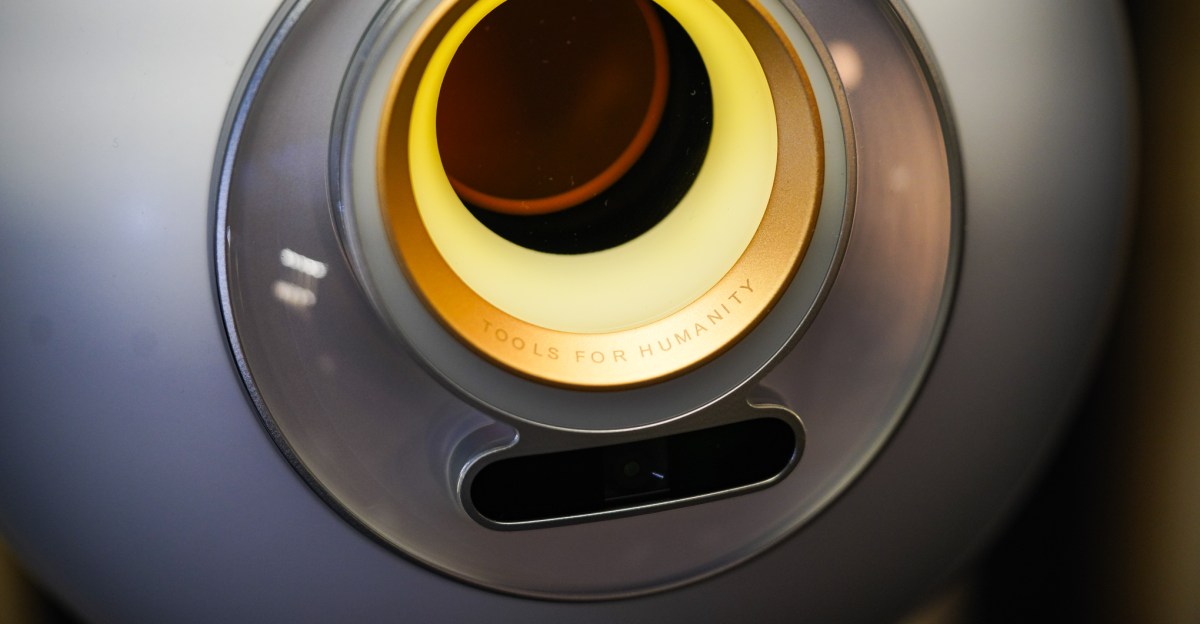The Roku ad controversy has recently captured significant attention from tech enthusiasts and consumers alike. This stems from a limited and controversial test where a full-screen ad for Moana 2 played immediately when users powered on their Roku devices. The move sparked an outcry across social platforms like Reddit and Twitter, with some users threatening to abandon the platform if such ads become a regular feature. As Roku continues to expand its ad offerings, it becomes critical to understand the balance it aims to strike between revenue generation and user experience.
Background to the Roku Ad Controversy
Roku has long positioned itself as a cost-effective streaming solution by subsidizing device prices with ads embedded in the user interface. Users expect the occasional banner ads on the homescreen and Roku City’s signature screensaver to offset hardware costs. However, the abrupt nature of the recent full-screen Moana 2 advertisement pushed many consumers beyond acceptance, revealing the delicate line Roku must walk in its ad strategy.
According to The Verge, this backlash was so vocal that it compelled Roku to publicly address concerns and clarify the company’s intent around advertising on its platform. The complaint wasn’t about ads per se but about them feeling “interruptive” and intrusive, disrupting the seamless entertainment experience users expect.
How Roku is Responding to User Backlash
Jordan Rost, who leads ad marketing at Roku, acknowledged that the company is hearing customer feedback clearly. He emphasized that Roku’s advertising goal is to be “additive,” not interruptive. “Advertisers want to be part of a good experience,” Rost said, noting that the company constantly performs A/B testing to refine the placement and type of ads viewers see.
Despite the controversy, Roku appears committed to expanding its ad offerings, focusing on making them more shoppable, interactive, and relevant to users without disrupting content consumption. This approach aims to maintain the balance between affordable devices supported by ads and satisfying customer experience.
Advertising Within Roku’s Ecosystem
The current ad placements vary across Roku’s operating system: banner ads on the homescreen, sponsored items in Roku City, and occasional full-screen promotions. The disruptive potential of full-screen ads is clear based on user feedback, and Roku seems aware that these types require careful moderation.
Interestingly, there have been rumors and patent filings suggesting Roku may eventually insert ads onto video feeds streamed from other connected devices over HDMI. However, Rost clarified that Roku’s primary ads strategy will focus on its own platform, leaving the execution of such new techniques uncertain for now.
New Products and the Growing Importance of Ad Revenue
Roku recently held a product event spotlighting new Streaming Stick models and innovative battery-powered smart home cameras. While ads weren’t a direct topic, the underlying reality is that ad revenue is increasingly vital for Roku, especially as tariffs and hardware costs fluctuate.
Affordable Roku devices priced around $30 to $40 rely heavily on ads to keep costs low for consumers. With growing hardware expenses, advertising offers a lifeline to sustain profitability. Still, the backlash reminds the company that the delivery of such ads must prioritize user tolerance and satisfaction.
Looking Ahead: What This Means for Consumers
For Roku users unsettled by the ad push, alternatives like Apple TV 4K remain options, albeit at a higher price point without ads. However, for those who choose Roku, awareness of this evolving advertising strategy is crucial.
As detailed on The Verge, Roku will continue testing and tweaking its ad approach, balancing between enhancing the viewing experience and monetizing its growing platform. The company’s readiness to listen to feedback suggests further adjustments aimed at reducing the “interruptive” nature of ads going forward.
Conclusion
The Roku ad controversy highlights the challenges streaming platforms face when integrating ads into their ecosystems. While ads help maintain affordable devices for consumers, their implementation must be carefully handled to avoid alienating users. Roku’s ongoing tests and openness to feedback signal a company trying to adapt in a competitive streaming hardware market.
For those following streaming device trends, Roku’s next moves will be critical. As advertising technology evolves with interactivity and shoppable formats, consumers and advertisers alike stand to gain—if done thoughtfully. For more details and updates on Roku’s ad strategy and product launches, refer to the full coverage by The Verge.


